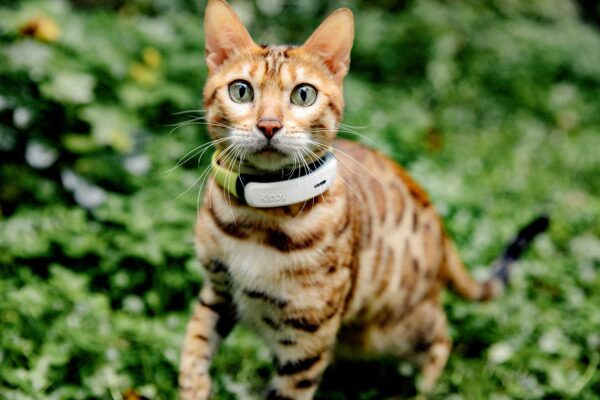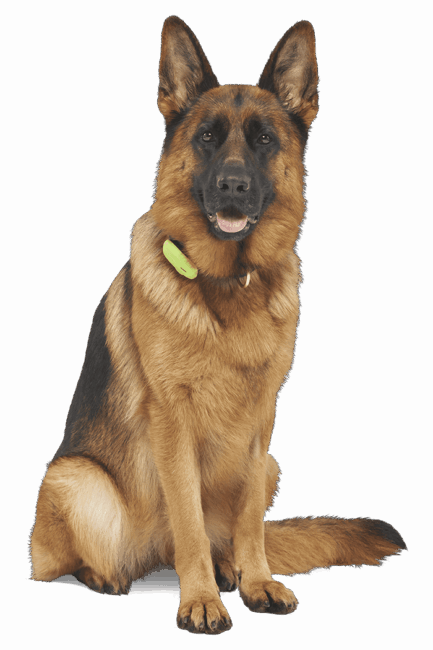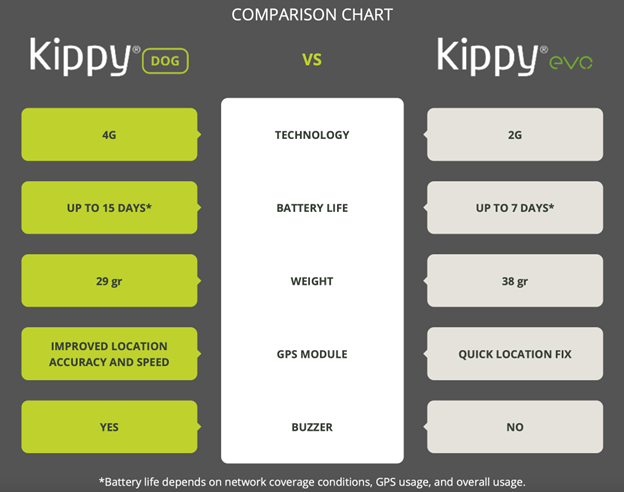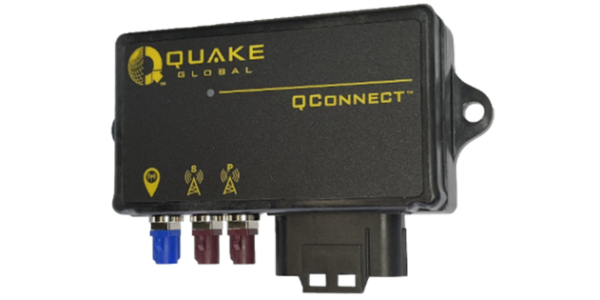

Pets can vanish in an instant. A dog rushes through an open door or leaps over a backyard fence. A cat slips out past an unsuspecting guest. Even if the owner starts their chase immediately, the pet often disappears from view.
Sometimes, pet owners don’t realize something is wrong. A cat that roams might not be considered missing until it fails to return home on time. An ill pet’s activity level may decline, going unnoticed. A dog sitter with a lost pet might hesitate to notify the owner, unsure if their charge is hiding or lost.
Tracker collars are ideal for monitoring pets; however, the technology faces challenges. Reliability depends on their battery life and cellular coverage. Weak coverage forces the tracker’s radio to work harder, which drains the battery faster.
LTE-M Maximizes Battery Life and Device Longevity for Kippy’s Pet Trackers

Kippy, a European leader in pet tracking technology, recognized the need for a smarter, more reliable solution. The company’s first-generation models relied on GSM/GPRS, which mobile operators had begun phasing out in favor of 5G.
Kippy upgraded its cat and dog trackers to 4G LTE, an Internet of Things (IoT)-optimized standard built for long-term use.
3GPP continues to release new 4G standards, including LTE-M. Kippy chose LTE-M for its ability to support low-bandwidth applications that need:
- Long battery life
- Affordable hardware
- Extensive coverage
LTE-M expands battery life through extended Discontinuous Reception (eDRX) and Power Saving Mode (PSM). These features allow devices to reduce power when they’re not transmitting data.
Over 115 mobile networks support LTE-M across Europe and North America, where Kippy is expanding its operations. LTE-M enables a wide range of IoT applications. That support will continue well into the next decade. Pet owners can have peace of mind that their cats and dogs won’t get lost in coverage holes.
The Telit Cinterion Advantage

Kippy chose a Telit Cinterion LTE Cat M1/NB2 module for its latest generation of trackers. The module’s small form factor allows the device to fit comfortably in a collar, even for small pets like cats.
Customized for IoT devices, it supports four GSM/GPRS bands for 2G fallback, enabling service continuity in rural areas. It has a maximum coupling loss (MCL) of up to +15 dB or +20 dB. This increases the ability to maintain a reliable connection in challenging environments, such as parking garages.
With support for eDRX and PSM, the module extends battery life up to 15 days, more than twice that of Kippy’s earlier model. Longer battery life means less charging and greater peace of mind for pet owners.
Telit Cinterion’s module is Federal Communications Commission (FCC)-certified for LTE-M networks. This certification accelerates time to market in the U.S.
Telit Cinterion’s engineering team supported Kippy throughout the development process. Their help enabled the company to meet critical deadlines and get the new trackers in the field on schedule.
“Telit Cinterion’s team behaved like an extension of our R&D department. They reviewed schematics, jumped on calls during antenna tuning and even simulated our devices in their lab. That support was decisive for hitting our goals.”
— Silvia Lupini, Brand Manager, Kippy


